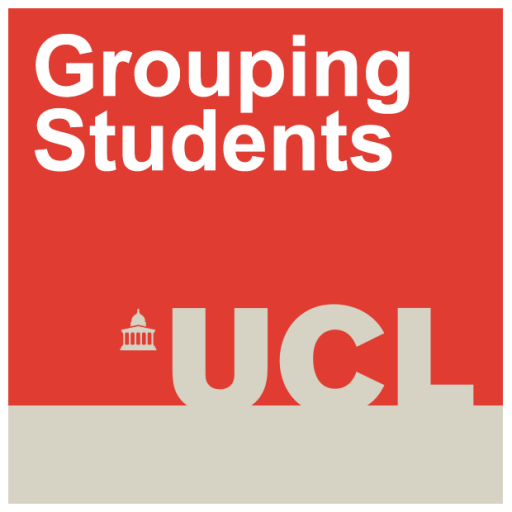Mixed attainment grouping as experienced by learners at low, middle and high attainment levels
By Antonina Tereshchenko, on 11 May 2018
The research on grouping by attainment is sparse in student voices, especially in relation to how learners perceive mixed attainment grouping.
Some prior research has indicated that students at different prior attainment levels could have different experiences in mixed attainment classes. For example, a study conducted in Israel found that low and middle attainers consistently preferred learning mathematics in mixed groups.
Results are however more variable for high attainers. In ‘setted’ schools less confident learners dislike the competitive and stressful environment of top sets, while studies with ‘gifted and talented’ students have found a stronger preference for homogeneously grouped classes.
In light of these concerns, our recently published research asked 89 Year 7 students in eight schools about their reasons for preferring or disliking mixed attainment.
We found not only differences between attainment groups but also variations within the groups.
Issues of equity, competition and status in mixed attainment classes
Students at the low prior attainment level strongly appreciated mixed attainment grouping due to its inclusive and collaborative environment. They were also aware of a range of opportunities available to them due to the learning conditions in mixed attainment classrooms. Only 5 out of 21 low-attaining students wanted to return to setting because they perceived it to be ‘easier’:
I’d prefer it if we were all the same level classes because then there’s some people that have the same levels as me, not just all higher and it will be easier, I think. (Lauren)
While in schools that group by attainment top set students tend to prefer setting, our interviews found that half of high-attaining students were positive about mixed attainment. They felt that mixed attainment practice supports fairness and equality of opportunity:
[L]ess able at maths, they get taught the same thing as people who are more able and so they’re not like left behind. (Lara)
The dissatisfied high attainers tended to describe their lessons as being ‘easy’, ‘boring’, ‘a bit dull’, ‘slow’ and ‘not challenging enough’. They however still recognised that mixed attainment is good for low-attaining students:
I think it benefits the lower-ish people because they feel encouraged to do better but the higher people, they might not feel pushed enough to get better grades. (Alice)
Students at the middle attainment level held the most ambivalent views. Those who spoke positively about mixed classes felt the practice indicated that their school was committed to equity. But a substantial number of middle-attaining students compared themselves with high-attaining peers within mixed attainment classes and, as a result, felt threatened and exposed as ‘weaker’ learners.
I feel a bit more discouraged if everyone else gets it and I don’t and I also feel quite frustrated if that happens. (Edie)
The importance of getting differentiation right
The negative views of students suggest that it is important to distinguish between mixed attainment grouping and mixed attainment teaching. It appears that some of the students’ complaints relate to the teaching approaches where mixed attainment lessons are designed for the ‘average’ student. Thus, some lower-attaining students feel ‘left behind’, while higher-attaining students feel ‘a bit held back’. Our ‘Best Practice in Mixed Attainment’ project suggests that it is crucial for teachers to ensure differentiation by outcome with rich tasks and quality feedback to enable all students to succeed in spite of social and educational inequalities.
 Close
Close



